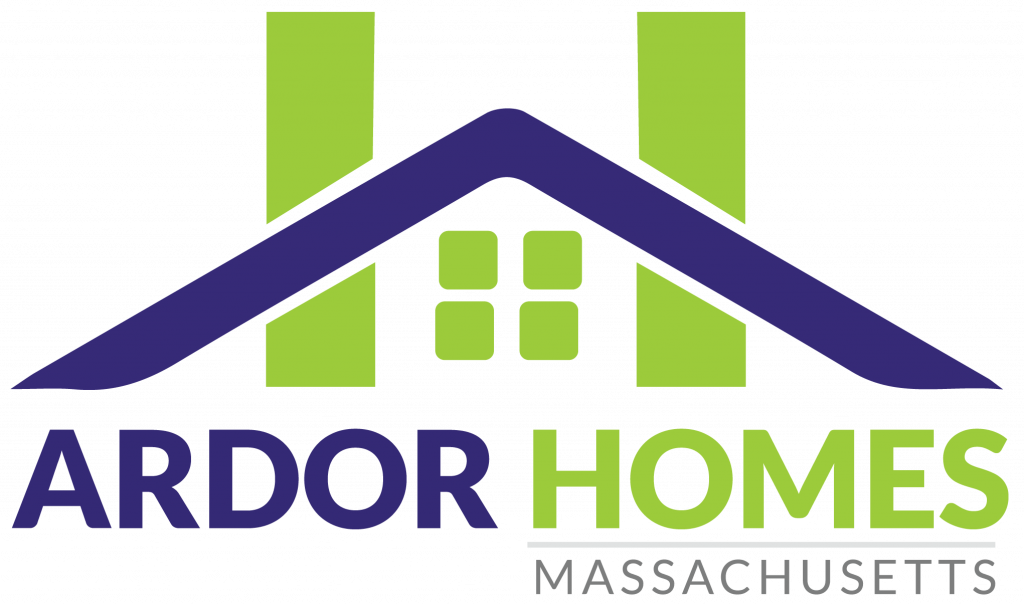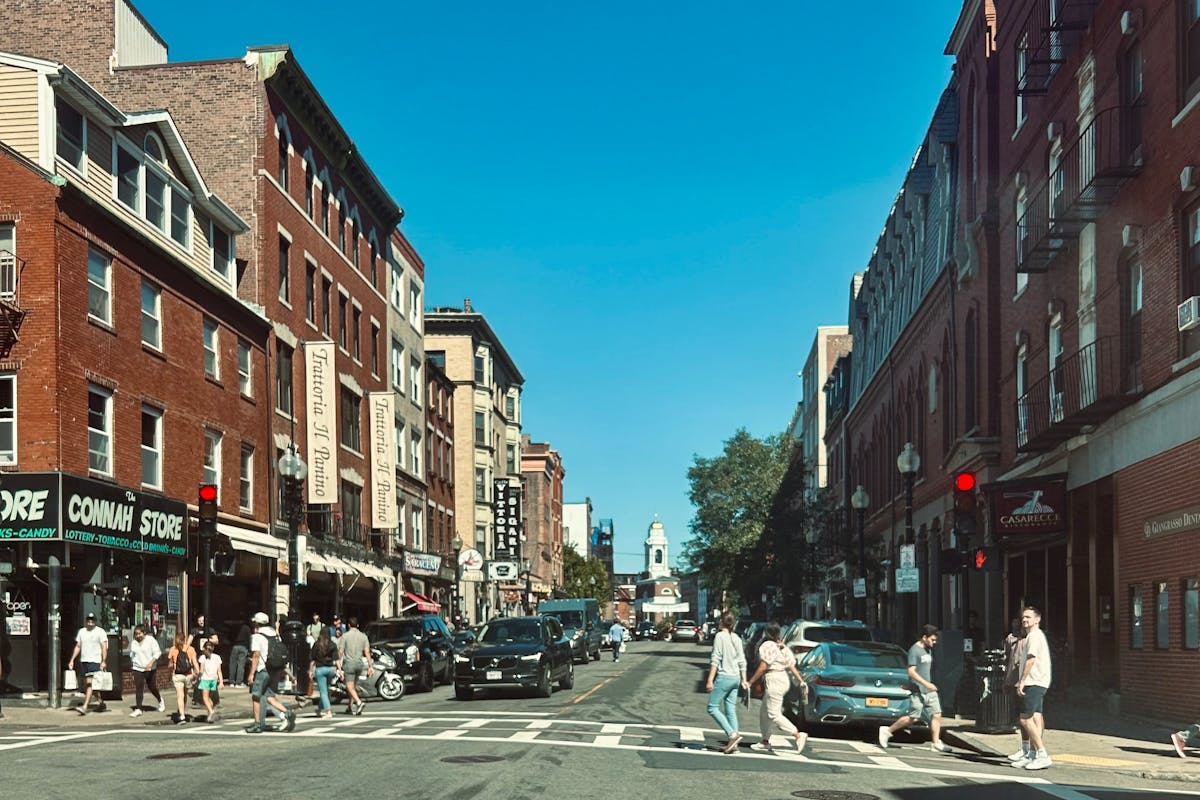
A wraparound mortgage is a home loan that allows you to get more money out of your home equity than you can with a traditional mortgage loan. But while it may sound like a good idea, some drawbacks and risks are involved in this type of seller financing. So what is a wraparound mortgage exactly? And how does a wraparound mortgage work?
In this article, we’ll talk about the concept of a wraparound mortgage and how it can be used to secure your home. We’ll also discuss the benefits and drawbacks of this type of loan and provide an example of how it works in practice.
What Is A Wraparound Mortgage?
Wraparound mortgages are known by a few names. This includes a wraparound loan, a junior loan, and wraparound financing. The latter is the most accurate term because it describes how this seller financing usually works.
It means the buyer makes payments directly to the seller, who uses those funds to pay off the seller’s original mortgage. This process continues until the wraparound mortgage is paid off. Only then does the seller begin paying their own principal balance down on their original mortgage.
How Does A Wrap Around Mortgage Work?
A wraparound mortgage is a seller financing type of loan that allows the buyer to purchase a home with an existing mortgage on it. Since it’s a junior loan, a wrap around mortgage covers the primary loan balance.
Let’s say you want to buy a $300k house with an existing $250k mortgage and a $50k second mortgage. The seller agrees to sell it to you for $300k, so all you need is 5% down ($15k) plus closing costs (another 3%).
But wait, your original mortgage lender won’t give you enough money. So what do we do? We get creative and make our own solution: a wraparound mortgage.
Are Wraparound Mortgages Common?
Wrap around loans are not as common as they once were, and the popularity of wraparound loans fluctuates along with the housing market. This is because lenders prefer to keep their options open when lending their own money.
This means if a borrower’s credit score or income level is too low, he or she may not qualify for a conventional mortgage. That said, wraparounds are very useful in these cases.
However, the original lender must approve this secondary form of financing and sign off on it before any money changes hands. In this case, many lenders prefer not to use them.
How Do You Determine The Interest Rate For Wraparound Mortgage Loans?
A wraparound mortgage is a hybrid of two loans: one for the purchase and another for the refinance. The interest rate for a wraparound loan is determined by the original mortgage terms and conditions.
For example, suppose you want to refinance your current mortgage with this type of loan. In that case, the interest rate could be based on your seller’s original mortgage payment term and interest rate.
If you were to take out a new 30-year fixed buyer’s loan to pay off your 20-year fixed initial home purchase loan (as an example). Then your new monthly payments would be based on those parameters as well.

Is There Any Insurance Involved In Wraparound Mortgages?
Wraparound financing does not involve insurance. The seller/lender is responsible for paying mortgage insurance directly to their original lender, who will then pass the costs to you.
As a result, if the seller does not pay for mortgage insurance, you must do so. Then it will be added to the price of your home.
Wraparound Mortgage Example
Here is one wraparound mortgage example: Let’s say you’re looking to buy a home. You find a beautiful house with an asking price of $200,000 and currently owned by someone with a first mortgage at a 4% interest rate.
The seller is willing to sell the home for less than what they owe on their mortgage. However, it’s not enough for you to pay off the total amount of your own new mortgage payment and still afford your monthly payments.
To solve this problem, you agree with the seller that he’ll pay off his first mortgage in exchange for you taking over his remaining balance. This gives him a clean title, so he doesn’t need to worry about selling it again if things go south with his personal finance, saving him from having two loans.
In turn, when you move into this house, its value will be assessed at whatever amount was left on its previous owner’s original mortgage. This is usually around 95% of what was owed before they paid it off (with some exceptions).
This allows you access to better interest rates than those available through traditional financing channels. This includes banks or credit unions because lenders consider them riskier than conventional mortgages.
Seller Financing: Second Mortgage Vs. Wraparound Mortgages
A wraparound mortgage is secondary financing in addition to an existing mortgage loan. It incorporates the original loan amount on top of the mortgage payment.
On the other hand, a second mortgage is not secondary financing. It is direct financing that goes up to 100% of your home’s value. If you have a first and second mortgage on your property, you have more than one type of lien on your home.
A wrap loan is more flexible than second mortgages but is used as seller financing. This is because they don’t require credit checks or appraisals like other forms of seller financing.
Risks Of A Wraparound Mortgage
Wraparound mortgages are a good choice if you want to refinance your home and make it more affordable. However, there are some risks involved with wraparound loans. Here are some of the most important things you should know about wraparound mortgage risks:
The Original Lender May Foreclose Even If The Buyer Is Making Payments To The Existing Mortgage
Unfortunately, the risk of a wraparound mortgage is that when the buyer is making payments on time. In this case, the original lender may foreclose if the owner discontinues paying.
This is because the original lender was still required to pay off their original loan even though they had sold it to you as part of your purchase transaction. This is why it’s crucial to have an attorney review all documents associated with any home purchase before signing them.

Not All Mortgage Lenders Allow Wraparound Mortgages
One of the most significant drawbacks of a wraparound mortgage is that not all lenders allow it. Some lenders may not be willing to offer wrap around loans, while others might simply be unfamiliar with them.
Lenders who aren’t comfortable with this type of loan will probably turn you down if you want one. Therefore, it’s essential to determine whether the lender, such as the CrossCountry Mortgage Lender you’re working with, does or does not offer this type of loan.
The Seller Must Continue To Make Mortgage Payments When The Buyer Stops Paying
The risk of a wraparound mortgage is that the seller must continue to make mortgage payments when the buyer stops making payments. The seller is expected to keep up with the original mortgage balance and make a mortgage payment, or they may lose their home.
This might sound scary, but remember that the seller can sell their property for whatever price they deem fair and justifiable. In this case, they can’t lose anything. They’ll still have their house and any profit from selling it at a higher price than they originally paid.
Benefits Of A Wraparound Mortgage
A wrap loan offers many benefits to homeowners. Here are some of the top reasons why borrowers might want to consider a wraparound mortgage loan:
Both The Buyer And Seller Have The Option To Purchase A Property
A wraparound mortgage is a type of home loan that allows both the buyer and seller to negotiate the terms of the original loan. Both parties can agree upon a loan amount, interest rate, and length of time each person will be responsible for paying it back.
For example, let’s say you want to buy an investment property. However, you don’t have enough money saved up for your down payment.
You could use a wraparound mortgage to buy this property while also paying off or refinancing your current mortgage with another mortgage lender. This way, both the buyer and seller can purchase properties even if they don’t meet the minimum credit score requirements typical lenders require.
You Don’t Have To Go Through A Traditional Lender Financing
A wraparound loan is outstanding if you want to buy a home without going through traditional mortgage lender financing. Using this type of loan means you don’t have to wait for a mortgage lender to approve your loan and can negotiate whether it’s a 30 vs. 20 vs. 10 years mortgage yourself. Additionally, a wraparound loan does not require private mortgage insurance (PMI), so fewer fees are involved.
Faster Purchase Process With Negotiable Terms
Wraparound mortgages are an alternative to traditional loans. They can be a great option if you buy or sell a home. With a conventional loan, once the process of obtaining one is complete, it’s final. But with wrap around loans, there’s no rule book or set terms that must be followed.
Instead, all parties involved have the opportunity to negotiate their own terms, including the interest rate and monthly mortgage payment. This can make it easier for sellers to get closer to their asking price and reduce closing costs on both sides of the deal.

What Are The Alternatives To A Wraparound Loan?
A wraparound mortgage is not your only option when purchasing a home. Other options include seller financing, VA loan, USDA loan, and private mortgage lenders.
Before deciding on a mortgage type, you must consider all your alternatives based on your situation. You should also consider the pros and cons of private mortgage lenders, so you know what to expect from each one.
Conclusion
Wraparound mortgages are a good option for homeowners who want to get their homes back on track. They can be used to refinance or restructure your existing mortgage, allowing you to pay off certain debts and consolidate your monthly payments. If you’re having trouble making ends meet, it may be time for a wraparound mortgage.
If you’re considering buying a home and want to explore your options, contact HOMES by ARDOR today. Our trusted real estate agents will work closely with you to find the best mortgage for your situation and help get you into your new home as soon as possible.

In her 25-year career, Steph Wilkinson has been involved in the acquisition, marketing and sales of over $3 Billion dollars of residential real estate. A number of years ago, Steph transitioned into Brokerage Leadership for National real estate brands and tech start-ups. She has served as a Business Strategist for real estate agents and brokerages alike and is also a real estate coach and trainer. In her new role with the Iconic Team, Steph will be responsible for the growth of the team and will be working with all of our agents to increase their productivity and bottom line.




